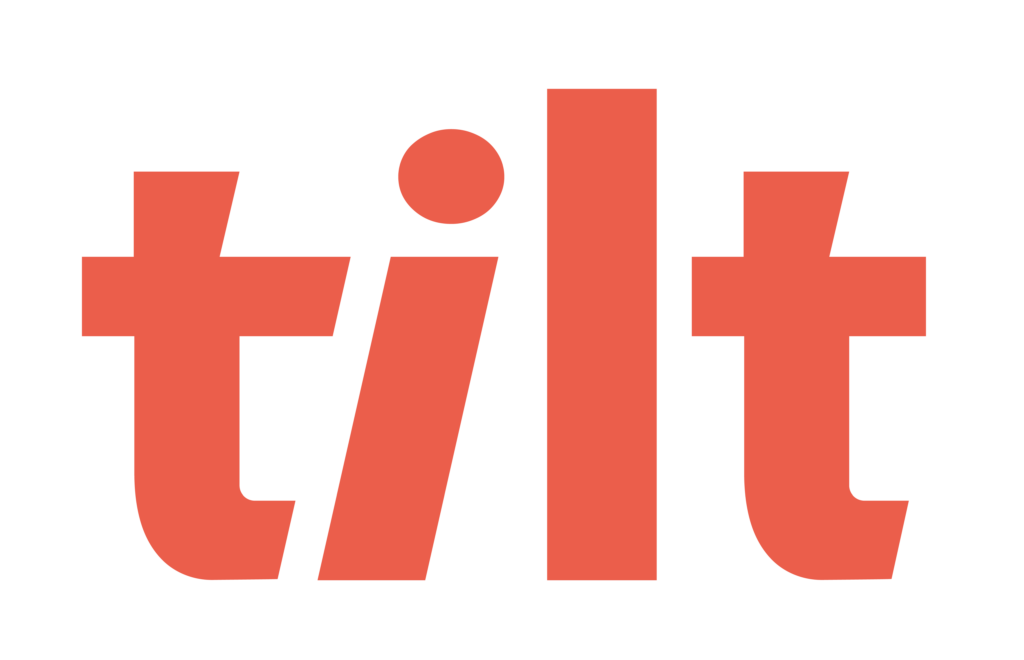People Teams…how are you doing out there? Holding up okay? Can we give you a hug? Perhaps no department gets more put on them and is asked to shift priorities faster as their organization’s objectives evolve than People Teams. Despite their critical function to the overall health and operation of an organization, the professionals dedicated to the operational health and general well-being of their employee population are often overlooked.
A big factor in that is recognizing that People Team goals and company objectives aren’t always aligned. Every organization has different goals they’re trying to accomplish and different values that matter to them. This can make it tricky to get buy-in from leadership to focus on the needs of the organization as seen through the eyes of those closest to the people keeping the organization running.
To change that narrative, People Ops pros need to get strategic with their initiatives to show direct ties to company objectives. Doing so will shine a light on the critically important work your teams are doing today and will increase buy-in from leadership to support the initiatives of tomorrow.
Organizational Objective: Increase revenue & decrease spend
Perhaps the one ubiquitous objective across all organizations is to increase revenue and decrease spending. It’s the one objective to rule them all, and all objectives discussed after this ultimately tie into this one, so it makes sense we start here when looking at tying People Team initiatives to the goals that matter to leadership. Here are some of the ways People Leaders should be positioning their departments to shine a light on ROI.
People Team initiative: improve inefficient processes
One of the best ways to get leadership buy-in is to evaluate pain points in workflow efficiencies and come to the table with solutions for them. Leadership might balk at investing in new tools unless there is clear ROI, so come to the table with data on how your current processes are costing the organization time, money and effectiveness, and how delivering on your initiatives will be a boon for all three.
Example: Let’s say your current process for leave of absence management is either manual or operated by a 3rd party who isn’t a leave expert. This exposes your organization to legal risk, lost revenue opportunities from missing out on state benefit programs, and employees aren’t returning to work after a leave because they aren’t feeling supported.
In this case you have an inefficient process that is slowing you down tremendously (time wasted), exposing your company to the potential of costly legal battles (spend increase), missing out on money provided by states through benefits programs (revenue missed and potential legal risks if mismanaged) and retention suffers (spend increase and production decrease).
Organizational Objective: Improve employee development
A healthy organization is one that understands an investment in its people is an investment in growth. In order to stay competitive, companies need to find ways to enhance innovation, meet future customer needs as technologies advance, boost productivity and efficiencies, and grow a positive culture.
People Team Initiative: Increase training opportunities, coaching, and continuing education offerings
When you live and breathe people operations, you know that your organization will only be as successful as the employees keeping the engine running. By providing training, coaching, and continuing education opportunities for your employees your empowering them to do all of the things that catch the eye of leadership.
Connect the dots between these offerings and what matters most to the success of your company, having engaged employees who feel they’re given the skills and tools necessary to advance themselves as a professional and therefore advance your company to heights previously never achieved.
Employees who are given support to grow as professionals are happier employees, and happier employees are more productive employees. Investments in training and development have a direct impact on any organization whose objective is to develop their employees for the future.
Example: Developing an in-house training program for employees isn’t easy, and often requires resources that will either stretch your budget thin (think hiring a course facilitator) or your bandwidth thin (think developing the course materials on your own). Either way, buy-in from leadership to create a comprehensive training and development program for employees that covers soft skills, technical skills, and leadership skills can be achieved by tying both the immediate (employee productivity and proficiency) and long-term (staying technologically competitive as one example) benefits of your program proposals.
Organizational Objective: Health and well-being of the employee population
Most organizations are going to prioritize the health and well-being of their employee population. In fact, if that isn’t a priority at your company today there are likely larger issues that won’t be resolved in a blog post. So for the sake of this exercise, we’ll assume your part of an environment that does value the health and well-being of the people making the ship sail, and let’s unpack how to tie in your People Team objectives in a way that resonates with leadership.
People Team initiative: Improve employee engagement scores
For leadership to buy in on your initiatives you better bring the data. Regularly collecting feedback and monitoring leave requests and turnover trends will give your leadership team the information they need to support you and your initiatives.
Conducting consistent employee engagement surveys with questions centered around work-life balance, support when taking time off work, workload management and more will be the supplemental information required to paint a complete picture of your employee population’s health and well-being. Pairing this information with productivity metrics of the organization and turnover rates will give you the holistic view leadership needs to invest in employee engagement.
Example: Your initiative might require improving benefits packages to stay competitive and make employees feel valued. Or you might be looking to invest in a more empathetic support process when mental health issues arise. Regardless of how you intend to improve your employee engagement, it must be backed by data for leadership to truly understand the impact and buy-in to your solution.
Make the connection
Getting buy-in from leadership isn’t always easy, but the best approach to accomplish it is to tie your initiatives into the larger goals of your organization. Make it crystal clear that what you’re proposing has a direct, measurable, and lasting positive impact on the trajectory of your organization both today and in the future.
About Tilt
Tilt is leading the charge in all things leave of absence management through easy-to-use tech and human touch. Since 2017, our proprietary platform and Empathy Warriors have been helping customers make leave not suck by eliminating administrative burdens, keeping companies compliant, and providing a truly positive and supportive leave of absence experience for their people.







